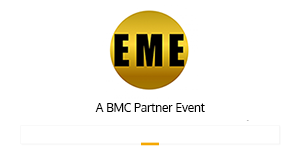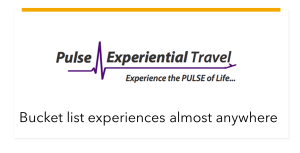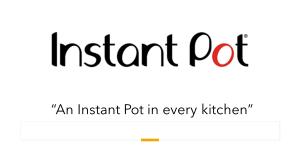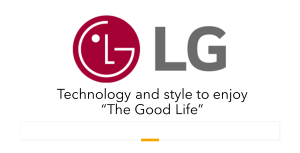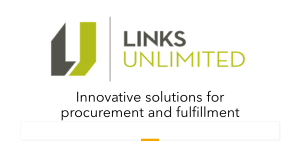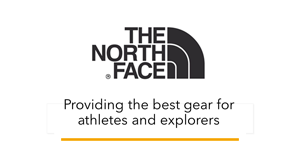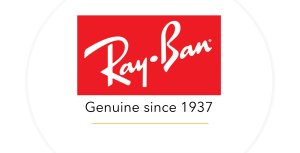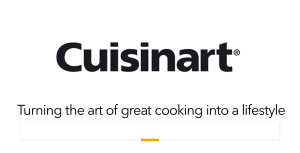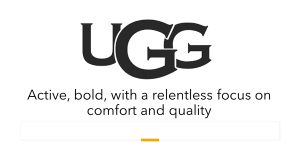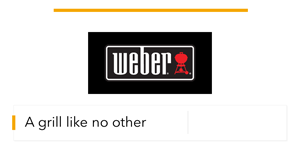IRF Shares More Insights Into Academic Research on Use of Tangible
Click here to subscribe to RRN weekly, and here for an RRN media kit.
The Critical Distinction Between “Compensated Tasks” and “Uncompensated Dimensions”
Additional Research Support for the Findings
Recommended Actions
The latest review of academic research by the Incentive Research Foundation highlights a study on the use of tangible rewards suggests the need for a more subtle understanding of their impact. The study finds they have particular influence on the parts of peoples' jobs not directly compensated for, suggesting the emotional engagement that tangible rewards evoke should be used in tandem with the “calculative mindset prompted by cash incentives.”
 The IRF report, Academic Research in Action: How Tangible Rewards Drive Superior Worker Performance and Quality in Tasks Not Directly Compensated, by Allan Schweyer, IRF Chief Academic, highlights other studies on tangible rewards supporting the findings of the 2021 academic study, Why Choose Tangible Rewards over Cash? An Examination of Reward Type on Employees’ Performance in a Multidimensional Task Environment, by Ke Xu, J. Mack Robinson, College of Business.
The IRF report, Academic Research in Action: How Tangible Rewards Drive Superior Worker Performance and Quality in Tasks Not Directly Compensated, by Allan Schweyer, IRF Chief Academic, highlights other studies on tangible rewards supporting the findings of the 2021 academic study, Why Choose Tangible Rewards over Cash? An Examination of Reward Type on Employees’ Performance in a Multidimensional Task Environment, by Ke Xu, J. Mack Robinson, College of Business.This study investigates how tangible rewards influence employee motivation and performance, specifically on the tasks for which they are not directly compensated. It suggests an important distinction between the emotional engagement evoked by tangible rewards evoke compared to the “calculative mindset” prompted by cash incentives.
The Critical Distinction Between “Compensated Tasks” and “Uncompensated Dimensions”
 In doing jobs for which people are directly compensated, a controlled experiment found no performance difference in compensated dimensions between reward types. However, participants receiving tangible rewards outperformed those receiving cash rewards on what the author calls uncompensated dimensions, such as accuracy, timeliness, knowledge, etc. confirming the motivational benefits of tangible incentives.
In doing jobs for which people are directly compensated, a controlled experiment found no performance difference in compensated dimensions between reward types. However, participants receiving tangible rewards outperformed those receiving cash rewards on what the author calls uncompensated dimensions, such as accuracy, timeliness, knowledge, etc. confirming the motivational benefits of tangible incentives.The author suggests that this phenomenon creates a spillover effect that cash alone does not achieve. He attributes this to Affect Valuation Theory. This explains that tangible rewards generate emotions leading to greater holistic engagement. Cash rewards, on the other hand, focus people on calculating what will create the greatest financial benefits, focusing their attention to important tasks but not necessarily on other actions that also enhance outcomes.
The study’s author suggests combining cash rewards for measurable tasks with tangible rewards for tasks that have spillover potential for other efforts such as training, communication, expressions of appreciation etc. This effect, in turn, can enhance employee engagement and task quality, while also fostering positive social norms and organizational culture.
Additional Research Support for the Findings
In the IRF report, Schweyer writes that the findings of this are consistent with other academic studies on tangible rewards, notably:
.png) Hsee & Rottenstreich’s, Affect Valuation Theory (2004). Schweyer observes that this study directly supports the core theoretical framework of the Xu study “by explaining why tangible rewards elicit affective responses and positively influence uncompensated task dimensions.”
Hsee & Rottenstreich’s, Affect Valuation Theory (2004). Schweyer observes that this study directly supports the core theoretical framework of the Xu study “by explaining why tangible rewards elicit affective responses and positively influence uncompensated task dimensions.”Scott Jeffrey’s “Justifiability and Motivational Power of Tangible Non-cash Incentives” (2009). This study “provides foundational empirical evidence demonstrating that tangible rewards can lead to higher task performance compared to cash rewards through increased hedonic valuation and emotional attachment.”
Kelly, Presslee, & Webb’s “Field Study on Tangible vs. Cash Rewards”, (2017). This research, Schweyer says, “offers real-world evidence confirming that tangible rewards often outperform cash incentives, particularly by improving the motivation of lower-performing employees, aligning closely with the spillover effect identified in the current study.”
Recommended Actions
Based on a review of the research, Schweyer recommends:
Utilize Tangible Rewards to Enhance Intrinsic Motivation
He recommends leveraging tangible (non-cash) rewards, such as gift cards, merchandise, or experiences, to motivate employees on tasks or behaviors not explicitly incentivized. He writes that such rewards “foster emotional attachment (affective valuation), leading to increased effort and better overall performance—even on uncompensated dimensions.”
Combine Tangible and Cash Rewards Strategically
Maintain cash incentives for directly measurable and compensated tasks but complement them with tangible rewards to encourage higher-quality work and engagement in aspects of work not directly rewarded financially.
Focus Tangible Rewards on Tasks With Ongoing Spillover Potential
- Employ tangible incentives in multidimensional environments where certain essential performance dimensions are difficult to explicitly measure or compensate.
- This reduces negative spillover effects (ignoring uncompensated aspects) and boosts performance holistically by focusing people on valuable behaviors.
- Recognize that cash rewards may promote a calculative mindset, increasing employees’ tendency to prioritize personal financial gains at the cost of overall task quality, teamwork, and culture.
- Tangible rewards help reduce overly self-interested behavior by fostering a broader, more engaged outlook about the work people do.
- Use tangible incentives to strengthen the positive social norms, cooperation, and engagement within teams.
- Merchandise, gift cards, experiences can reinforce organizational values and culture.
- Continually assess whether the rewards provided align with desired employee behaviors and organizational goals, particularly regarding uncompensated or intangible aspects of tasks, such as quality service, training,
- Adapt reward types based on ongoing performance outcomes and employee feedback.
- Articulate why specific rewards are chosen (e.g., to foster collaboration, attention to detail, creativity) so employees understand the deeper purpose behind reward structures.
- Transparency strengthens employee trust, engagement and buy-in.
- While research that tangible rewards and cash rewards can be similarly effective on explicitly incentivized tasks, tangible rewards uniquely enhance employee motivation and performance on important but non-incentivized tasks.
Enterprise Engagement Alliance Services
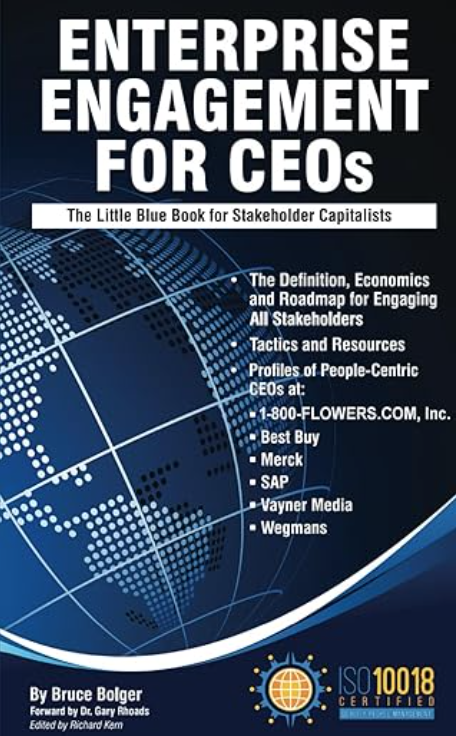
Celebrating our 15th year, the Enterprise Engagement Alliance helps organizations enhance performance through:
1. Information and marketing opportunities on stakeholder management and total rewards:
ESM Weekly on stakeholder management since 2009; click here for a media kit.
RRN Weekly on total rewards since 1996; click here for a EEA YouTube channel on enterprise engagement, human capital, and total rewards insights and how-to information since 2020.
2. Learning: Purpose Leadership and Stakeholder
 Management Academy to enhance future equity value and performance for your organization.
Management Academy to enhance future equity value and performance for your organization.3. Books on implementation: Enterprise Engagement for CEOs and Enterprise Engagement: The Roadmap.
4. Advisory services and research: Strategic guidance, learning and certification on stakeholder management, measurement, metrics, and corporate sustainability reporting.
5. Permission-based targeted business development to identify and build relationships with the people most likely to buy.
6. Public speaking and meeting facilitation on stakeholder management. The world’s leading speakers on all aspects of stakeholder management across the enterprise.





